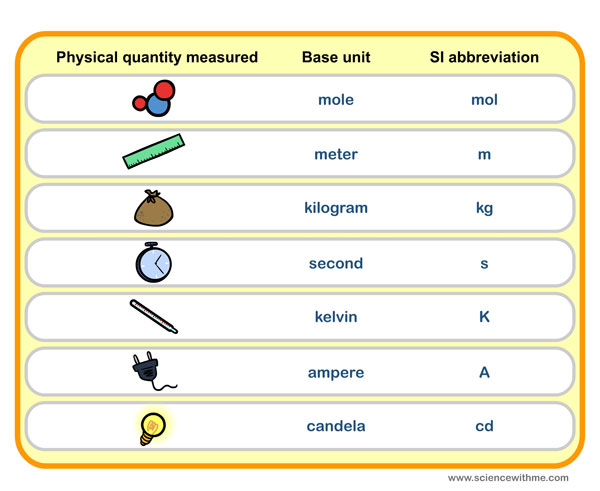Scale, Proportion and Quantity
Measurement and mathematics are the tools that scientists use to understand the world and describe it in terms of regular laws.
Quantitative measurements are observations that result in numbers, quantities such as mass, length, and volume for example. Measurement of properties like these help us understand questions like: How many? How much? or How far?
Many times these quantitative measurements can be put into proportions that describe a property of something such as density or speed. Density is a proportion of mass per unit of volume and is determined by dividing an object's mass by its volume,. Speed is determined by dividing distance by time. Both proportions can help describe an object and its behavior.
At other times, nature is either too large or too small for us to easily comprehend. We use proportions to create a scale so that we can imagine the solar system or a tiny cell in a model that we can hold in our hands.
Ratios and Proportionality
Proportionality is when one property of a thing is related to another property of it. This is usually shown as a ratio such as the ration of distance traveled to time taken to do so (speed) or mass to volume (density). Ratios like these help describe either the properties of behavior of a substance or object.
Units
All measurement requires standard units that all scientists agree upon. By agreeing on common units, we can describe things in ways that anyone can understand, anywhere and anytime. The world uses the metric system which publishes a set of standards that re universally accepted. These units form the basis from which all other units are created or defined!
Scale
Scale is a kind of proportion used to help understand very large or very small things. Atoms, molecules, cells. the solar system, galaxies, and the universe are so much smaller or larger than we are that they are difficult to understand. By scaling them up or down into models we can hold, we can begin to understand their structure and function.


